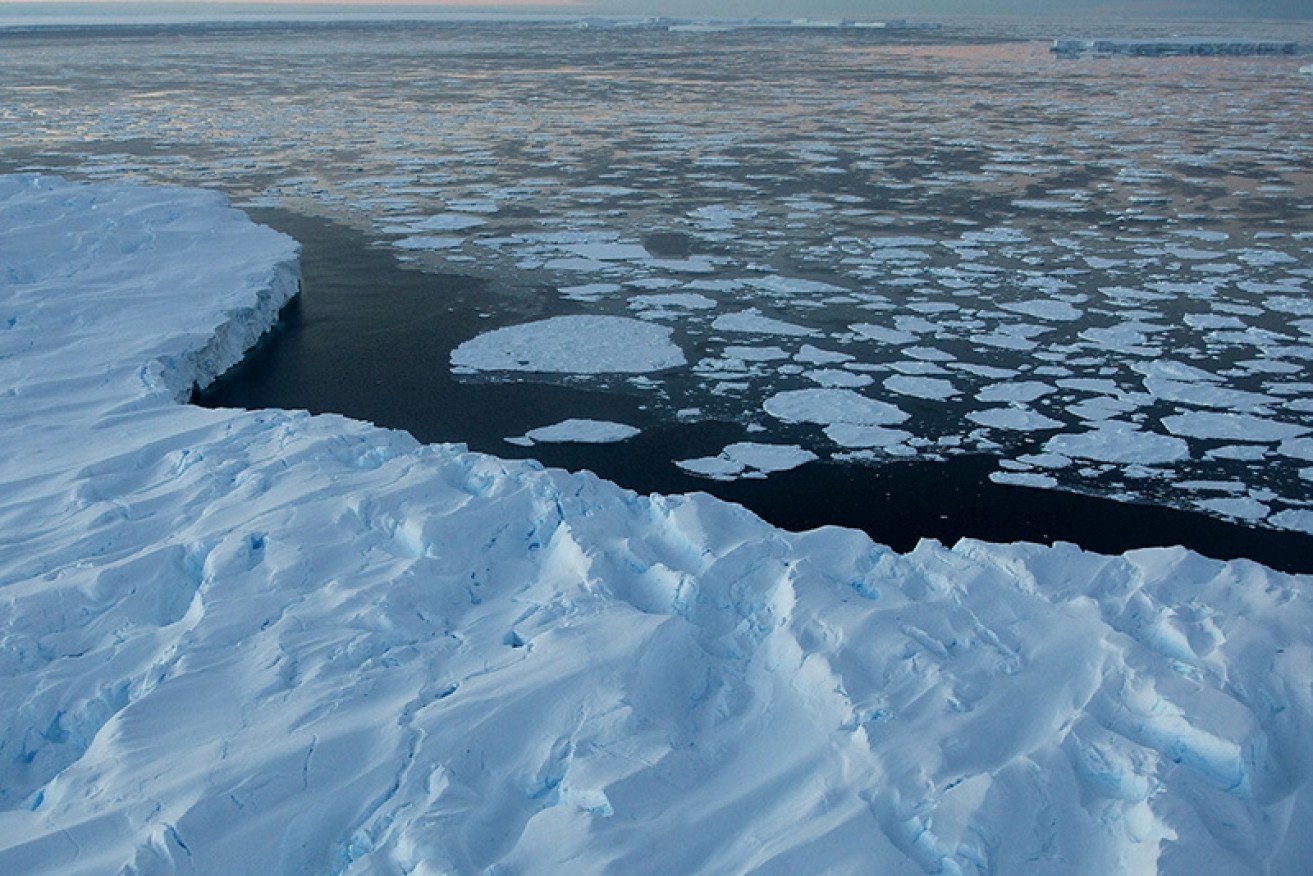Chilling threat: sea level rising faster than expected


Warmer water is eating away at the protective wall of ice around the Antarctic coast faster than previously thought, research has revealed.
The new study, published in Proceedings of the National Academy of Sciences, found that the breaking away of icebergs, or “calving”, is causing Antarctic ice shelves to shrink more rapidly than ever before.
Between 1996 and 2006, global warming had been the driving force behind the retreat of Antarctic ice shelves, responsible for a 34 per cent increase in the discharge of grounded ice.
• ‘Predator’ weasel rides into battle on a woodpecker
• Astronauts speed through spacewalk despite leak
• Curiosity rover sends selfies from Mars
This continued discharge of ice into the ocean is occurring at an alarming rate of 118 billion tonnes per year which equates to a rise in the world’s oceans by approximately one third of a millimetre a year.
The phenomenon is “leading to an increase in sea level”, according to the study’s co-author Rupert Gladstone from the University of Tasmania.
These ice shelves, which can range from a few hundreds of metres to well over a kilometre in thickness, float in the ocean but remain attached to the main Antarctic Ice Sheet, acting as the “buttressing … to hold back the grounded ice sheet”.

An example of ‘calving’, which is occurring more rapidly in Antarctica.
“An increase in calving will generally result in a reduction in buttressing, [which] generally means an increase in discharge of grounded ice,” Mr Gladstone said.
Before global warming, the shrinking of ice shelves was compensated for by the growth of larger ice shelves, but rising sea temperatures has thrown this delicate system out of balance.
“In some places warmer water is now reaching the underside of the ice shelves, and this is causing higher melting than normal, and hence thinning,” Mr Gladstone said.
And the problem will only worsen, the study predicted.
Antarctic expert Dr Chris Fogwill, from the University of New South Wales’ Climate Change Research Centre, said the study illustrated how rising sea levels could impact Australia in the decades to come.
“This study highlights why it is hard to predict the future of the Antarctic ice sheets under climate change, due to the strong feedback mechanisms such as this that exist in the Earth’s ice sheets,” Dr Fogwill said.
“The results have important implications for prediction of future sea level rise, which remains one of the key socio-economic impacts of climate change for Australia and globally.”
However, co-author Rupert Gladstone stressed that a much longer study would need to be carried out in the future to assess the state of the larger ice shelves before making further conclusions.
“The main point of this study is that many ice shelves, and the grounded ice they are connected to, could discharge more quickly than was thought, and could thus cause more sea level rise than we thought,” he said.
“But we are still not in a position to make a quantitative prediction about the amount of sea level rise Antarctica will cause over the next century.”








